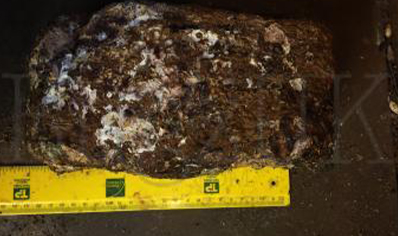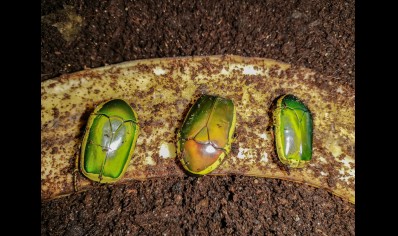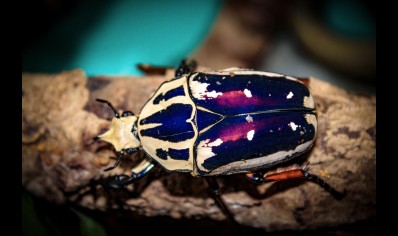- Kingdom: Information not available
- Phylum: Information not available
- Class: Information not available
- Order: Information not available
- Family: Information not available
- Genus: Information not available
- Species: Information not available
Beetles: Mecynorrhina Harrisi
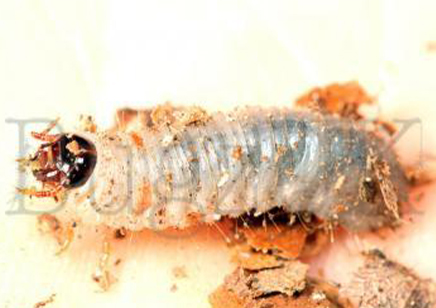
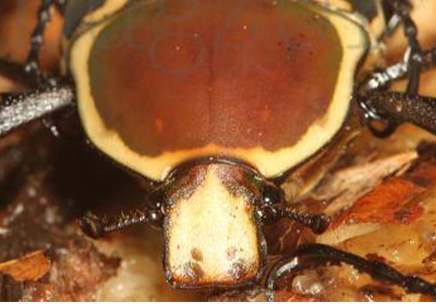
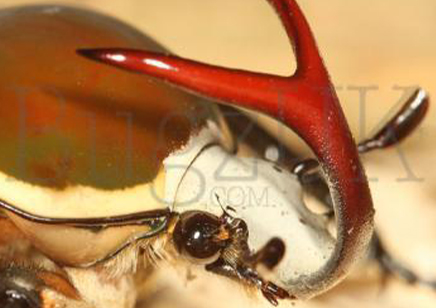
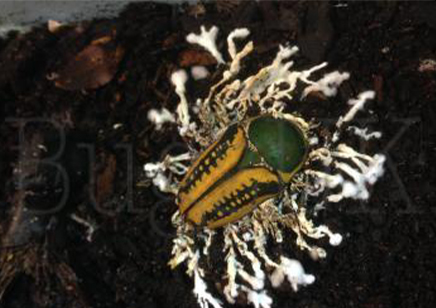
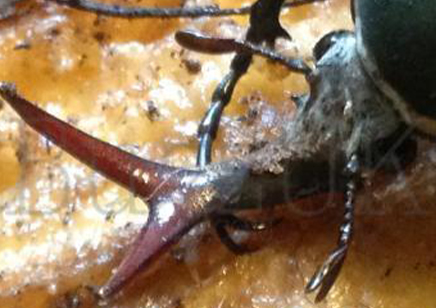
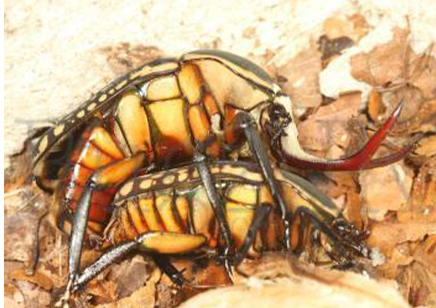
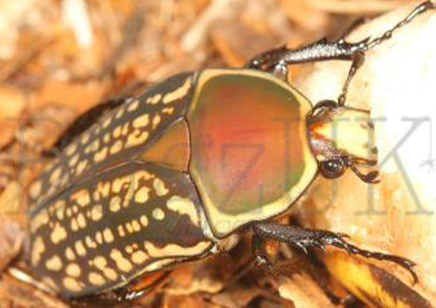
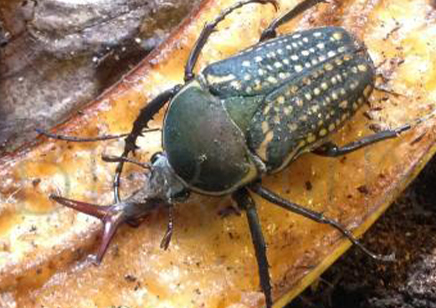
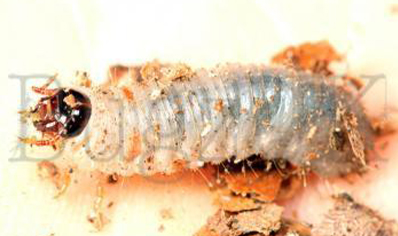
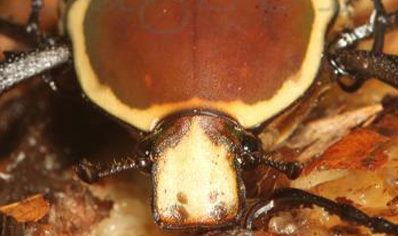
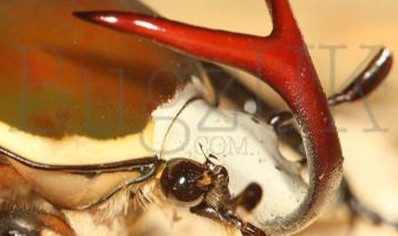
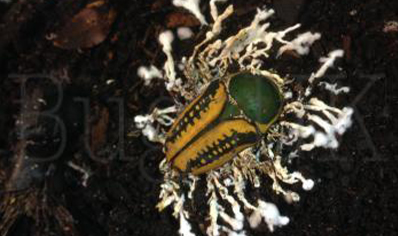
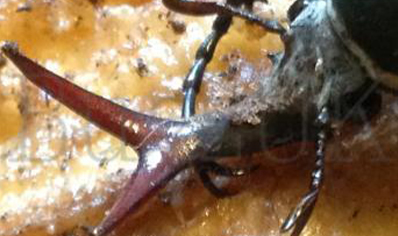
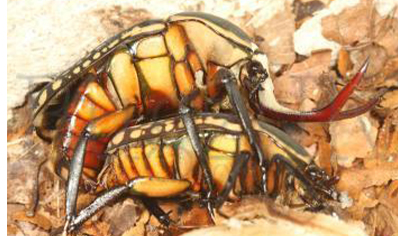
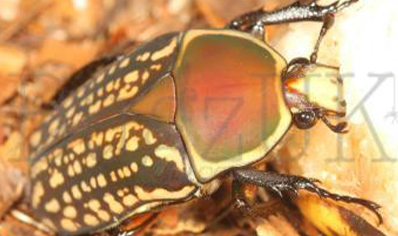
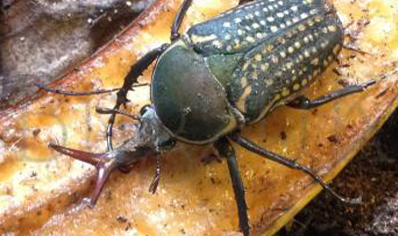
Order Now!
All payments are made through a secure payments system click here for more information.
Megalorrhina harrisi
The thing with breeding beetles, or should I say, attempting to breed beetles, is that there's still so much we do not know. Sure, there's theories and experiments we can read up on and the internet is a bountiful place for the budding beetle breeder. But sometimes a bit of experimentation helps too. I guess what I'm trying to say is that there's still plenty of learning to do. I had always liked the look of Harrisi's, their large horn and their colours make for a nice beetle and one that I had read was difficult to rear in numbers due to its extreme cannibalistic nature. Now, I suppose I'd better offer a disclaimer and say to you all that it's important to keep them apart, just to save Martin getting a swathe of complaints from people who've bought this beetle from him and ended up with one only. That said, now I'm going to describe how I bred and reared this species. I was lucky enough to get sent eight L2 larvae by a beetle breeding buddy, Elaine, and set too housing them in a 4liter container, which was actually a Really Useful Box, the container had a large surface area and little depth. The substrate in this instance was finely shredded beech leaves and they were a bit of the dry side. I provided a few lumps of Bakers Meaty Meals and put them in the beetle room that varied between 19 and 23 degrees. The thing with Harrisi larvae, they are lazy so-and-so's. They do very little moving about and they're not clean either. Most other beetle larvae seem to repel dirt from their skin surface, not so the Harrisi. They are grubby grubs, if you catch my drift. After a good while of not seeing anything happening I decided I'd better try and induce a pupation or two and so I let the RUB dry out slowly and soon enough six of the eight had soon made a small round pupal cell. Now bear in mind that these are meant to be very cannibalistic, they're in a dry substrate with only one extra feed of protein and there had been no losses. About seven or eight weeks after making cells I moistened them down a bit and added moister substrate and sure enough the adults started emerging soon after. I moved the adults into an 18 litre RUB, the substrate being a mix of oak and beech leaves, finely shredded and with a few pieces of wood on the surface to enable the adults to right themselves if they flipped onto their backs. The fresh adult hung about and matured for a week or ten days then hit the banana with a vengeance, the males got busy being males and a few more weeks later the upper layers of the Rub were teaming with larvae. Just to be on the safe side I removed forty or so, housing some individually and some in a group, purely to experiment. The rest I left in the breeding container. Just to see if I was going to end up with one big fat juicy grub and nothing else. Time passed by, beetles got old, worn and died and soon it was time to trawl through the 18 litres of substrate to see if I had any larvae. I took a lot of larvae out from the substrate so not all were cannibalised, if indeed, any were. Those larvae have been passed onto new homes, so now other people can experience the thrill of seeing that large colourful forked horn poke out from the pupal cell in nine or ten months time when they're adults. I've kept about forty back myself, just to experiment with.
I suppose I�m trying to simplify the breeding of this beetle, they are not always cannibalistic, housing them individually is a bit of a logistical nightmare, lots of messing about and beetle breeding need not be like that. Give Harrisi a go, they are a very nice beetle. Simon Johnson.

